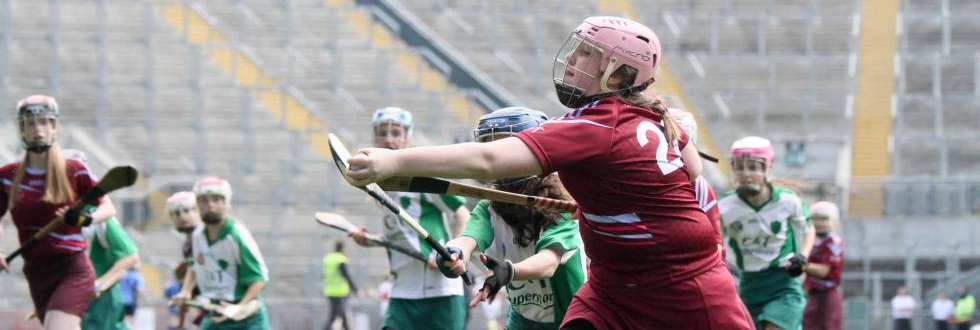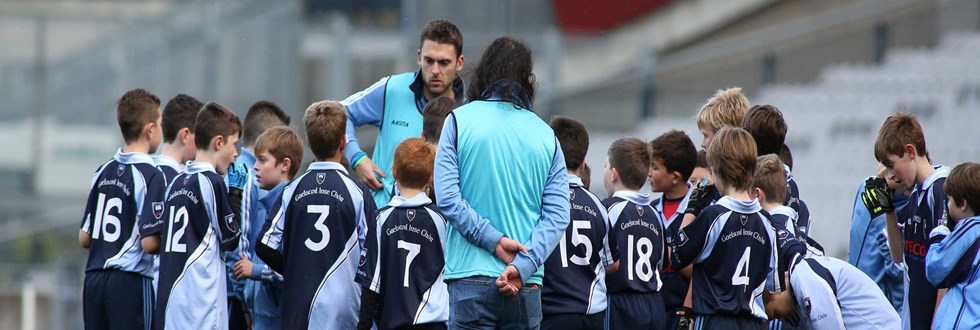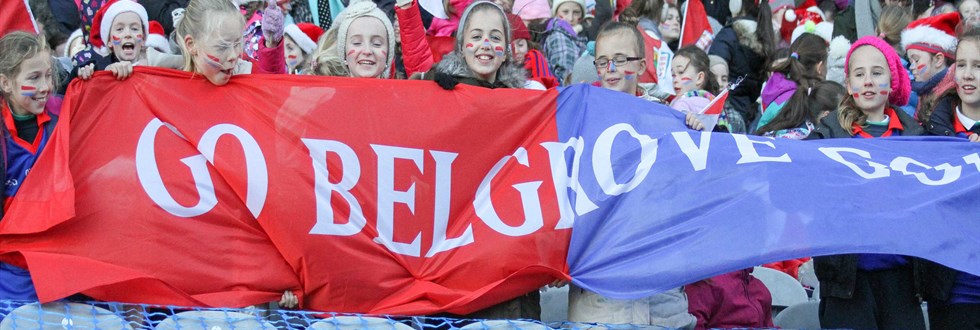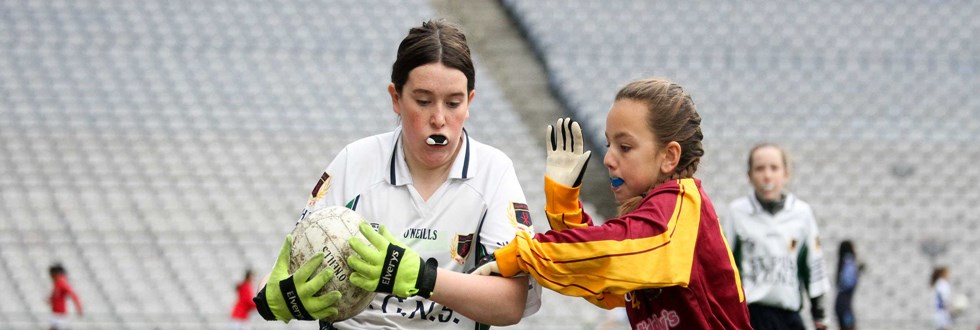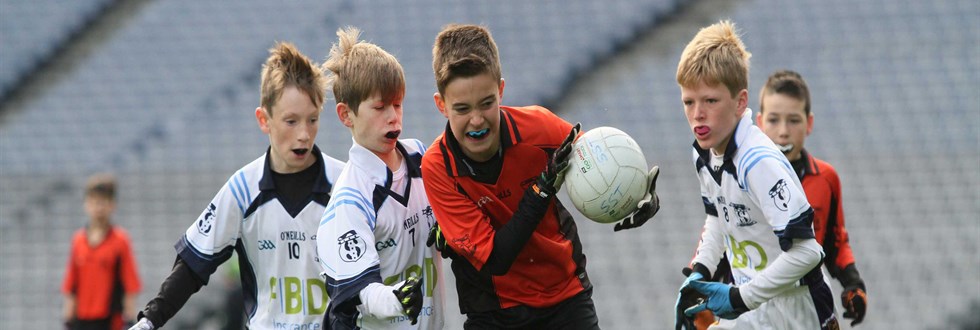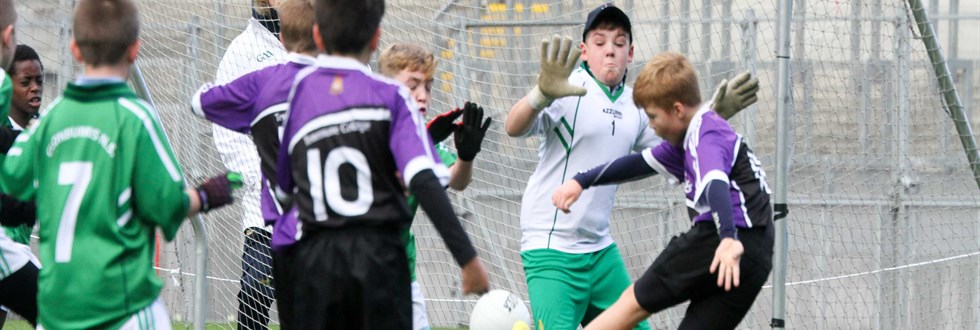Code of Conduct
Physical contact which may be misconstrued by a pupil, parent or other casual observer should be avoided. Such contact can include well intentioned informal gestures such as putting a hand on the shoulder or arm, which if repeated with an individual pupil could be misconstrued, as well as more obvious and more intimate contact which should never occur. There may be occasions when a distressed child needs comfort and re-assurance, which may include physical comforting such as a caring parent may give. Teachers should use their discretion in such cases to ensure that what is, and what is seen by others present to be, normal or natural, does not become unnecessary and unjustified contact, particularly with the same child over a period of time. Some teachers are likely to come into physical contact with their pupils from time to time in the course of their teaching, for example when showing a pupil how to use a piece of apparatus or equipment or while demonstrating a move or exercise during games or PE. Teachers should be aware of the limits within which such contacts should take place and of the probability of such contact being misrepresented by the pupil.




